Ethiopia and Eritrea have had poor
relations for quite a while therefore causing many security concerns for
the host country Ethiopia. The two countries were in a war for 30 years
that resulted in Eritrea’s independence from Ethiopia, causing even
thicker tensions between the two that eventually led to a 2-year border
war between 1998-2000. During this time many people died causing
Eritreans to cross the border to escape danger and seek asylum in
Ethiopia, specifically in the Shimelba refugee camp. Because of the
political tensions, it is now illegal in Eritrea for an individual to
cross the border into an enemy state. So those that do cross are now
risking being seen as collaborators of the state and putting themselves
at great risk. (COR Center Refugee Backgrounder No. 5, 2010, 1).
Eritreans also fled their country because of a forced term of national
service with an unknown end time as well as a worsening economic
situation (UNFPA, 2007, 22).
Additionally, Shimelba’s location adds
to the host security concerns because it is only 30 kilometers from the
Eritrean border. This is a big worry since, especially recently, fears
of another border war between Ethiopia and Eritrea is surfacing,
therefore the refugees in Shimelba would be at risk being so close to
the conflict. As of March 2012, Ethiopia raided 3 rebel led camps in
Eritrea now resulting in a fear that Eritrea may strike back (BBC News,
2012). Additionally, Shimelba is located near artillery shells and land
mines, which is another security concern for the refugees. Therefore the
Ethiopian government has made movement in and out of the camp is
greatly restricted where a refugee must attain a pass permit in order to
leave in an attempt to maintain security (EHREA, 2007, 1).
In Shimelba, interpersonal violence
is a key contributing threat to the camps overall security. This concern
has been made clear by an overwhelming amount of sources, therefore
resulting to be a very valid and real claim and fundamental concern
within Shimelba. This concern could be due to the drastic difference in
the amount of men to women in the camp with a ratio of 6:1. Therefore,
concerns revolving around women walking far distances to fetch firewood
as well as poor lighting in the camp become security threats for women
resulting in fear of abuse in both situations. (COR Center Refugee
Backgrounder No. 5, 2010, 24; 28). Because of the statistics of female
domestic abuse, a strong need for protection of women has resulted
within Shimelba. In response to this concern, a report from 2007 stated
that the IRC had created a “safe space” in the wellness center that is
guarded constantly for women’s protection as well as two houses in the
camp for women to stay in after staying in the safe space. Initiatives
of a neighborhood watch system was also implemented so that everyone
could look out for each other within specific zones. Gender based
violence training as well as female police officers are also being
implemented as a way to alleviate this concern (UNFPA, 2007, 25).
Within the camp, the ARRA, IRC and
ZOA are the main organizations in charge of security and protection of
the refugees under the instruction of UNCHR making sure they are being
protected (EHREA, 2007, 1). Unfortunately, the relationship between the
police and the refugees could be better. It has been noted by the UNFPA
that the refugees apparently would not come to the police to report
problems because they thought it would be pointless. The UNFPA goes to
explain that the police have a mentality that all the refugees are
interested in is resettlement when they come with a problem and likewise
the refugees think that the police only see them as spies for the
Eritrean government as of 2007. Therefore, according to this particular
source, relations could be better between police and refugees for the
sake of security and protection (UNFPA, 2007, 25).
Abraha, Michael. "CDRiE Plans to Launch New Eritrean Relief Agency." Assenna.com. Citizens for
Democratic Rights in Eritrea, 18 Jan. 2010. Web. 15 Feb. 2012. <http://assenna.com/cdrie-plans-
to-launch-new-eritrean-relief-agency/>.
This was an article written by an Eritrean
non-governmental organization that was reporting on the situation in the
Mai Aini refugee camp. While the information appears to be credible, we
have to keep in consideration that this NGO is from Eritrea and there
may be political influences in its description of the refugee
camp.
"An Ethanol-fueled Household Energy Initiative in the Shimelba Refugee Camp, Tigray, Ethiopia: A Joint
Study by the UNHCR and the Gaia Association." UNHCR-RLO, Jan. 2006. Web. Feb. 2012.
<http://www.projectgaia.com/files/ShimelbaCampGAUNHCR.pdf>.
This source was about an
ethanol-fueled household energy initiative in the Shimelba Refugee camp.
It provided an overview of the refugee camp, including statistics about
gender relations and population size of the camp. This is a reliable
source because this was a research study that utilized reliable research
methods to collect and analyze the data.
Arrault, Matthieu, and Jennifer Miquel. "GBV ASSESSMENT REPORT." UNFPA (2007): 1-52. Web.
http://www.unfpa.org/emergencies/docs/gbv_assessment_ethiopia.pdf
The United Nations Population Fund is an international development agency with its mai
n
goal to promote human rights, specifically sexual and reproductive
health and rights by helping countries use research and analysis to help
its people. This agency is particularly aimed at bettering individual’s
sexual health and gender issues all under the umbrella topic of human
rights, so it is therefore somewhat limited with the information it
provides. It provides excellent statistics and overviews of particular
domestic abuse problems in Shimelba and follows up with what is
necessary to counteract it.
Cultural Orientation Department of JVA/Nairobi. Retrieved March 2012. Website. Cultural
Orientation Resource Center, Center for Applied Linguistics, Overseas CO Program Highlight,
Eritrean Refugees in the Shimelba Refugee Camp, Ethiopia. Retrieved from
http://www.cal.org/co/overseas/Eritreans/Eritreans_in_Shimelba.pdf
The main topic in this source is the resettlement of Eritrean
refugees to the United States. This information covers the processes in
which refugees from the Shimelba refugee camp prepare to leave for their
new lives in the United States. The source also gives background
information on the camps political structure. This source is very
detailed, but there is no date for the information that is given, so it
is difficult to say what the camps current state is. The research seems
legitimate secondary source.
"Eritrean Refugees from the Shimelba Refugee Camp." COR Center Refugee Backgrounder No. 5
(2010): 1-6. Web. http://www.cal.org/co/pdffiles/backgrounder_shimelba.pdf
Cultural Orientation Resource Center provides crucial
information about new refugee groups for U.S. resettlement workers
ultimately working to make the transition for refugees and the U.S.
communities that they resettle in as smooth and informed as possible.
They basically serve as an orientation resource for refugees before they
are resettled. This source was helpful because it provided statistics
and background on the Shimelba refugees. However, it may be limited in
what information it provides in terms of what qualifies a refugee to be
resettled.
"Eritrean Refugees in the Shimelba Refugee Camp,
Ethiopia." Cultural Orientation Resource
Center. Web. 4 Mar. 2012. <Eritrean Refugees in
the Shimelba Refugee Camp, Ethiopia>.
This source gives an overview
of the Shimelba camp. I learned about skills refugees can be trained in
and how they can start their own businesses within the camp. This is the
same organization as the previous source and is therefore reliable.
“Eritrean Refugees in Shimelba camp, Tigray Region, Ethiopia.” EHREA Eritrean Human Rights
Electronic Archive, 2011. Web. 01 Apr. 2012. http://www.ehrea.org/refa.pdf
This source I found helpful because it is an archive that
gathers many articles and sources about atrocities committed in the
realm of human rights for Eritreans. While it does present a multitude
of facts, statistics and real events, it is overall a biased source
defending solely the Eritrean people by only providing crimes committed
against them – not successful or positive stories. Through this source I
found documents providing statistics of life in the camp specifically
about security and the groups providing protection to the camp.
Harmon-Gross, Elizabeth. Retrieved March 2012. Seeking Resettlement and Navigating
Transnational Politics: The Intersection of Policies, Human Rights and Individuals in Shimelba
Refugee Camp. Masters Theses. Retrieved from http://trace.tennessee.edu/cgi/viewcontent.cgi?
article=1113&context=utk_gradthes
This article is an overall description of the Shimelba refugee
camp. It covers the political activities, the need for resettlement, and
the cultural characteristics of the camp. I believe this to be a
reliable source.
Heller, Lauren. "Working Women at Risk: The Links Between
Making a Living and Sexual
Violence for Refugees in
Ethiopia." Women's Refugee Commission. Sept. 2008. Web. 4 Mar. 2012.
<http://www.projectgaia.com/files/WorkingWomenRisk.pdf>.
This source described how women
in refugee camps have to provide for themselves, which can lead to violence and
exploitation. In the Shimelba camp, I learned that when women collect firewood,
they are often attacked by males. This was published by the Women's
Refugee Commission, who works with the UN and other humanitarian organizations,
so they are reputable.
"Intimate Partner Physical Violence among Women in Shimelba Refugee Camp, Northern Ethiopia." BMC
Public Health. BioMed Central, 13 Feb. 2012. Web. 15 Feb. 2012.
<http://www.biomedcentral.com/content/pdf/1471-2458-12-125.pdf>.
This
source discussed intimate partner physical violence among women in
Shimelba Refugee Camp. This provided insight into to the gender roles
and dynamics of the refugee camp, through a research study. This source
is reliable because it is a research study that contains data that was
collected through a survey that women in the refugee camp took
themselves.
Offer, Joanne. "Growing Up in a Refugee Camp [Photos]." Rescue and Refugee Support.
International Rescue Committee, 16 June 2010. Web. 10 Apr. 2012.
<http://www.rescue.org/news/growing-a-refugee-camp-photos-8391>.
This resource supplied information
about the resources the IRC supplies to the refugee camp. It gives and
overview of daily life and a good idea of how the environment plays into
it. This site also shows many interesting pictures that demonstrates
what they are talking about, especially the houses and the water
pipelines. The validity of this resources lies in the involvement of the
IRC, who is currently in Shimelba
helping out at the camp.
Plaut, Martin. "Are Ethiopia and Eritrea Heading Back to War?" BBC News. BBC, 21 Mar. 2012. Web.
02 Apr. 2012. http://www.bbc.co.uk/news/world-africa-7433871
This is a very valid source with no clear bias in this article; rather,
it is just providing the information about what is currently happening
in Eritrea and Ethiopia. BBC states that they are unable to predict what
will happen in the future in terms of another breakout of war and
therefore just presents what each country is saying at the current time.
"Restoring Vision to Ethiopia." International Rescue Committee, 15 Dec. 2008. Web. Feb. 2012.
<http://www.rescue.org/news/restoring-vision-ethiopia-4432>.
This source discusses the
health clinic that is located in the Shimelba camp, ran by the
International Rescue Committee. This is a reliable source because it is
coming directly from the International Rescue Committee and there is
factual information presented in the article.
UNHCR. 2010. UNHCR Global Report 2010. Website. Retrieved from http://www.unhcr.org/4dfdbf494.pdf
This website gave factual numerical values for the population of the
refugee camps all over Ethiopia in 2010. This is a valid and reputable
source because the UNHCR works side by side with the Ethiopian
government in the camps operations.
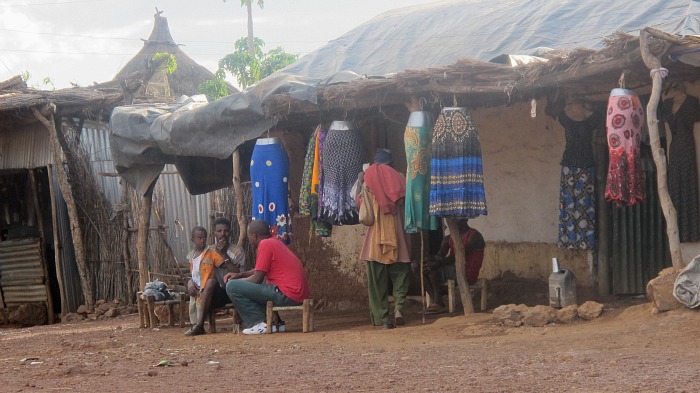
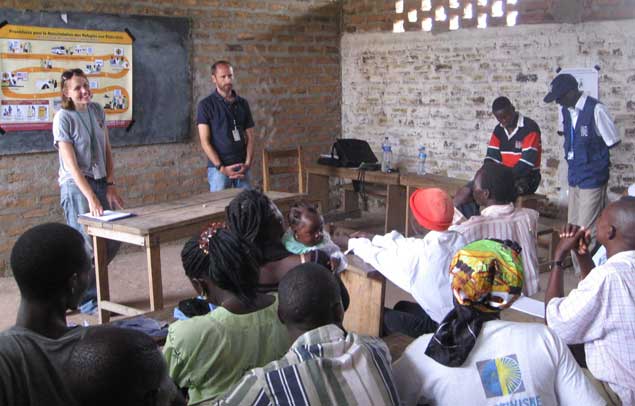
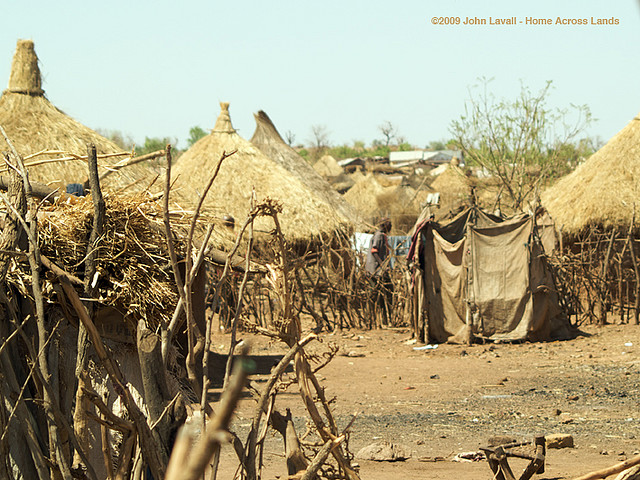
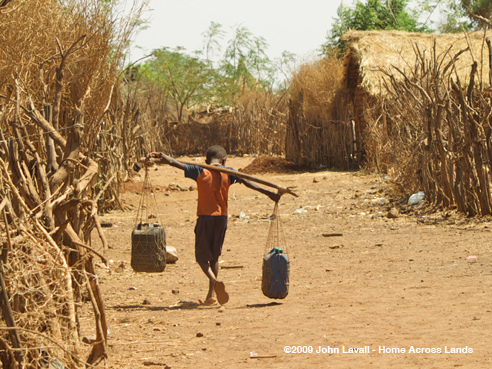
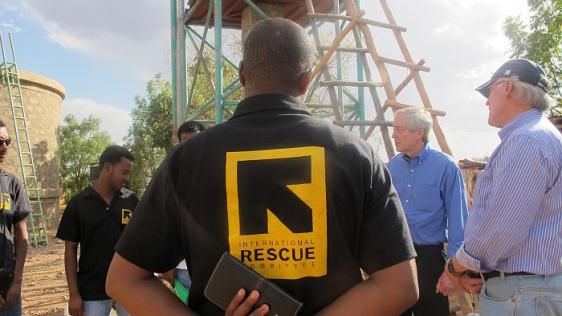
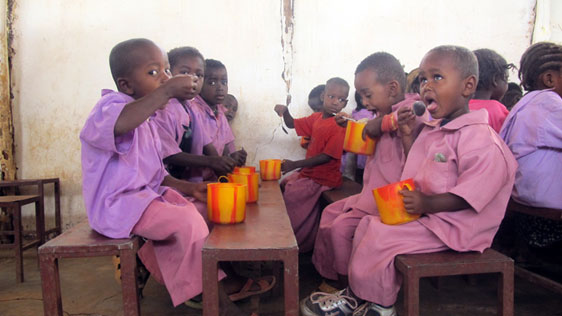
Add a comment